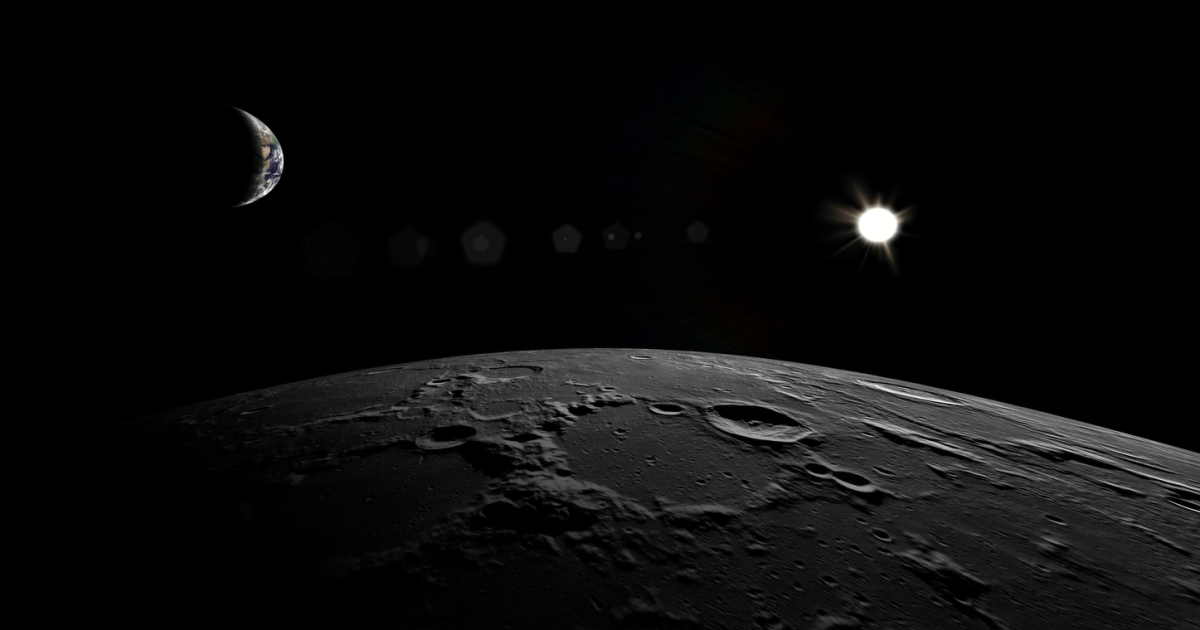News, Experiencing Space Flight Just Got a Lot More Accessible: detailed suggestions and opinions about Experiencing Space Flight Just Got a Lot More Accessible.
Over the weekend, as my colleague Isabela Dias reported, NASA’s lunar capsule made its historic reentry to Earth’s atmosphere at a staggering 32 times the speed of sound. That is, to quote our colleague Abigail Weinberg about space generally, “really fucking cool.” Because the cosmos, you see, is mesmerizing, and this genre of RFC space stories keeps expanding.
The latest chapter in space exploration and education is a free app, Space Portal, that’s the first to let you witness moments like the capsule’s reentry as if you were looking out its window in real time. It’s also the first to let you orbit the Earth, the moon, and Mars through publicly available images in highly accurate virtual reality, filling a vital need for people with limited mobility and a range of disabilities who want to discover space as experientially as possible. You can replicate the results of peering out from the International Space Station for views previously available only to astronauts.
Personally, I’ve grown skeptical of lofty claims to democratize space flight, as if “democratizing space” were anything more than a euphemism for exploiting it for brand gain. Not so with Space Portal. It actually advances that goal by opening up space more accessibly. It’s impressively un-gamified, with no cryptocurrency or NFTs or other convoluted barriers to entry, and it’s a refreshing break from much of the wildly expensive space tourism of tech adventurists. Space Portal is the independent passion project of planetary science professor Ian Garrick-Bethell of the University of California, Santa Cruz, a NASA-participating scientist on South Korea’s robotic lunar mission.
I spoke with Garrick-Bethell after the lunar launch. For disclosure, we were grade-school classmates, and he, in our physics class, did all the work building a laser while I took half the credit:
Ian, what motivated you to create Space Portal?
Just curiosity about what the Earth and the moon and Mars look like from these vehicles in space, and no one had done it before. I used five weather satellites to collect real-time imagery of Earth, and for Mars and the moon I used imagery collected by NASA spacecraft. I combined this with publicly available information about the real-time positions of space vehicles. I’ve worked on it for a few years, and the pandemic afforded me this opportunity, while caring for my parents and isolated with my computer, to pursue a hobby that became something I could share with the world.
Tell me about the appeal of virtual reality in space.




